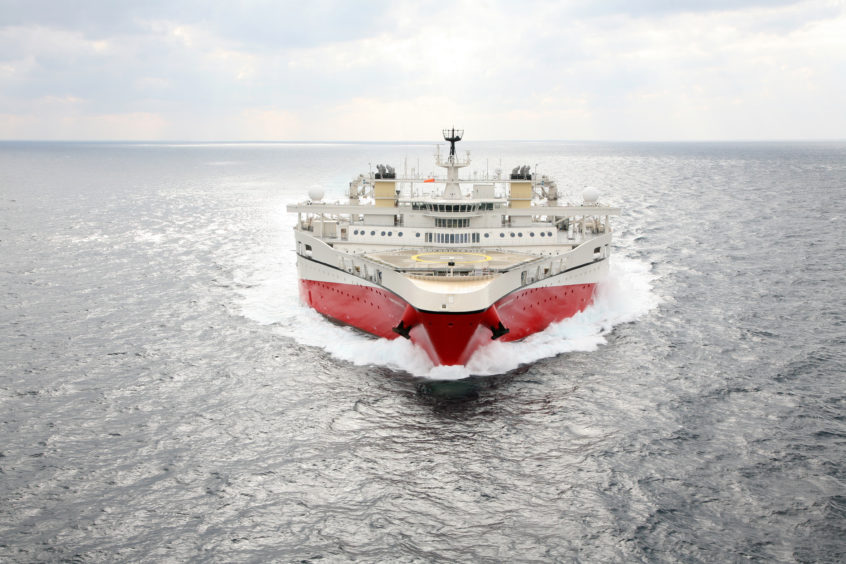
PGS and ION Geophysical have completed a survey offshore Egypt using a new extended long offset (ELO) design.
The companies used the ELO design with ION’s Gemini source technology.
The Ramform Tethys towed a wide multi-sensor GeoStreamer configuration while the Ramform Sovereign towed ION’s extended frequency source.
“Shell is pleased to have introduced novel technology to Egypt that enhances exploration insights in a more eco-friendly manner,” said Shell’s global category manager geophysics Gerard van Drempt.
“To improve subsurface understanding of a complex geologic area in the Mediterranean, our exploration team paired innovative acquisition designs with Gemini to capture lower frequencies in this large, long offset survey. PGS survey execution, combined with the ION Gemini source performed well and Shell is pleased to see the expected uplift in low frequency content.”
PGS’ EVP of sales and services Nathan Oliver said the company was “very pleased” with the completion of the 3D seismic for Shell.
“The ELO configuration in combination with ION’s extended frequency source enabled efficient recording of offsets up to 16 km,” he said.
“The innovative ELO survey design combines optimal spatial sampling for better subsurface imaging together with long offset multi-sensor GeoStreamer acquisition for accurate velocity model building. ELO is a cost competitive and efficient configuration compared to other solutions for imaging deep targets.”
ION’s president and CEO Chris Usher highlighted the importance of efficiency in maximising return on investment.
“We are really pleased with the results of our collaboration and look forward to working with additional service providers to make Gemini more broadly available as our capacity expands over the next few months,” Usher said.
PGS said in March that it would carry out high-fidelity 3D exploration programme, with ELO, by an unnamed super-major off Egypt. PGS had been working in Egypt since July 2020.
